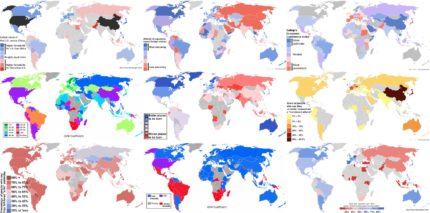The millionaires’ club is growing in Africa.
At the end of 2014 there were 169,000 millionaires in the continent – a number expected to rise by 53 percent over the next 10 years, according to the Knight Frank Wealth Report 2015.
In addition, the total wealth held by Ultra High Net Worth Individuals, or UHNWIs – those with a net worth of at least $30 million – was $200 billion.
Wealth advisers expect their UHNWIs in Africa to spend more on luxury goods than the previous year as a result.
But it’s not just the super-wealthy with money to burn.
Sections of Africa’s rising middle class are increasingly finding themselves with greater spending power – although debate remains about how to define Africa’s middle class and whether it is as resilient as middle classes elsewhere in the world.
Luxury brands such as Italian menswear label Ermenegildo Zegna have been investing heavily in Africa over recent years.
“Despite the numerous challenges to overcome in the region, other luxury brands are certain to follow the likes of Zegna, Hugo Boss and Porsche in opening new outlets in the Sub-Saharan Africa region,” says Fflur Roberts, Head of Luxury Goods at Euromonitor International.
“Prada, for example, has already confirmed plans to open in Angola.”
Roberts believes the rising aspirational classes on the continent are key customers for these new designer stores.
“There has been a lot of enthusiasm about a burgeoning middle class with a rising disposable income in the youthful and populous continent of Africa,” Roberts continues.
“As often seen in developing markets, luxury brands are used as a symbol of status and wealth, creating demand for designer labels and heavily logoed products.
“This bling-fueled consumption culture is being driven by a young population, urbanization and a growing middle class.
“As aspirational consumers place a premium on appearance, retailers have responded to this by introducing credit schemes enabling consumers to purchase products they otherwise could not afford.”
Read more at www.cnn.com



